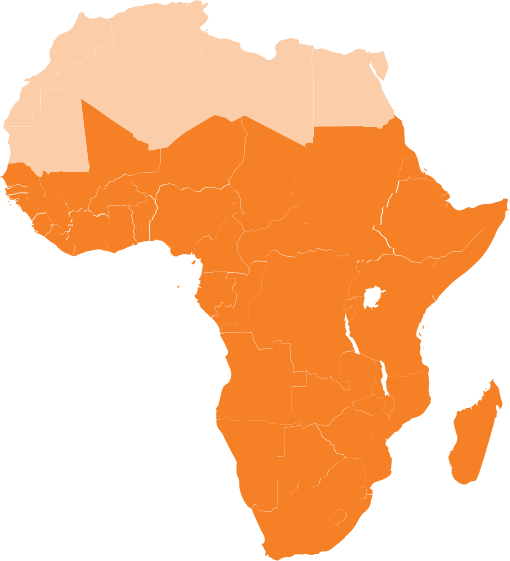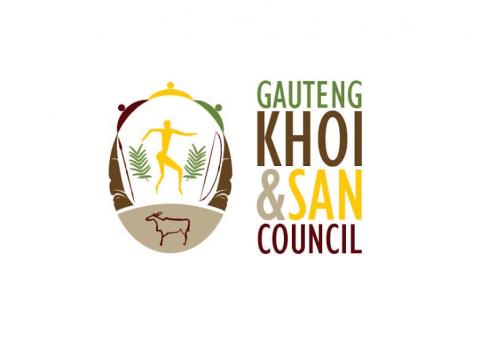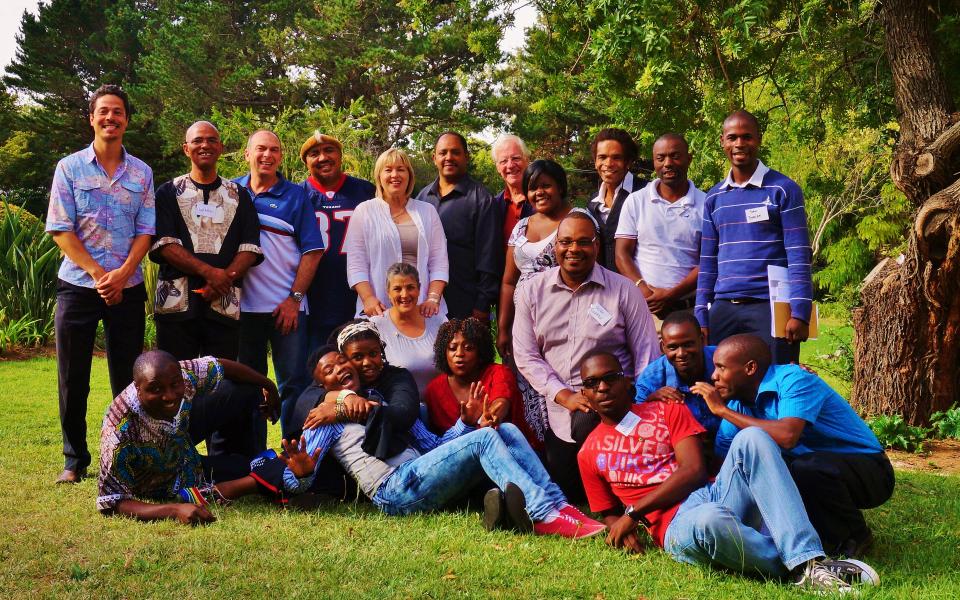
Cooperation Circle Representatives for URI Southern Africa Inaugural Assembly
As I embarked on the long journey to Cape Town to attend the inaugural URI Southern Africa Regional Assembly, I couldn’t help but ponder the context for interreligious and intercultural peacebuilding in this vast region with a very distinctive history struggling for justice. In contrast to regions of the world such as the Middle East and parts of West Africa, Southern Africa has generally not experienced interreligious conflict or violence. What then, is the particular significance of URI’s work in Southern Africa?
While URI has had a small presence in select locations across Southern Africa for several years, it has only been 11 months since the region was fully brought online under the stellar leadership of Karen Barensche as Regional Coordinator and Barry Gargan as CC Liaison Officer. In this regard, my desire to more fully understand the context for interfaith peacebuilding in Southern Africa reflects the relative newness of URI in the region.
Beginning in the early 1990s, under the extraordinary visionary leadership of Nelson Mandela, South Africa began undergoing a massive transformation to sew together and integrate a nation that for more than a century was starkly segregated by race and culture. Referring to the extraordinary diversity of South Africa, Mandela affectionately called his dynamic new country “The Rainbow Nation”.
One of the most valuable aspects of regional assemblies is the opportunity to have deep conversations among CC leaders, whether over breakfast, nature walks, or during official sessions. The answer to my question regarding the context for interfaith peacebuilding in Southern Africa appeared soon after my arrival in Cape Town, in a conversation over tea with a dynamic young leader, Akani Nkhwashu from Ennerdale Mini Parliament CC. Akani’s response was short but poetic—he said, “The purpose of URI’s work in South Africa is to give the rainbow back its shine.”
South Africa made giant strides towards national unity and reconciliation under Mandela’s leadership. However in recent years, for a myriad of reasons mainly political, South African society has been fracturing, especially along ethnic/tribal lines. Xenophobia is also a rapidly growing problem, with immigrants from places such as the Democratic Republic of Congo and Zimbabwe frequent targets of horrific violence and discrimination by native South Africans. Marginalization of indigenous South Africans remains a serious problem—over a cup of roibus tea with two indigenous leaders from the GAUTENG Khoi and San Council CC, Chief Taaibosch and Chief White explained how indigenous Khoisan people continue to suffer alienation and injustice that largely stems from the fact that as a people they are not legally recognized as existing. The Khoisan – comprising pastoral Khoikhoi and hunter-gatherer San, or Bushmen –were dispossessed by colonialism and still lack recognition by the democratic government.
In summarizing the current state of South African society, Akani again invoked the rainbow reference saying, “If you look closely at a rainbow, you will notice that the individual colors do not stand alone, they actually blend into the adjacent colors, each supporting one another. The issue now in South Africa is that all the colors of the rainbow have become disconnected from one another.”
The legacy of brutal divide and rule colonialism is not confined to South Africa, it extends across the region to Malawi, Mozambique, Zambia, Namibia, Zimbabwe, and beyond. Nelson Madela’s vision was meant for all countries in the greater region covered by URI Southern Africa, which also bear deep scars and have complex ethno-religious dynamics still playing out that often manifest in tension and conflict.
By building bridges and greater social cohesion though promoting interfaith/intercultural cooperation to address shared challenges, URI will be a powerful movement for propelling the transformation forward and realizing Mandela’s dream. Each CC is in some ways a “micro-rainbow”, comprised of members from at least 3 different religions/traditions/ethnicities, and the tangible work they do to improve their communities will provide a living illustration for society at large that such cooperation and the harmony it creates is both possible and to everyone’s benefit.
- Liam Chinn, Co-Director of global programs, evaluation and learning for United Religions Initiative
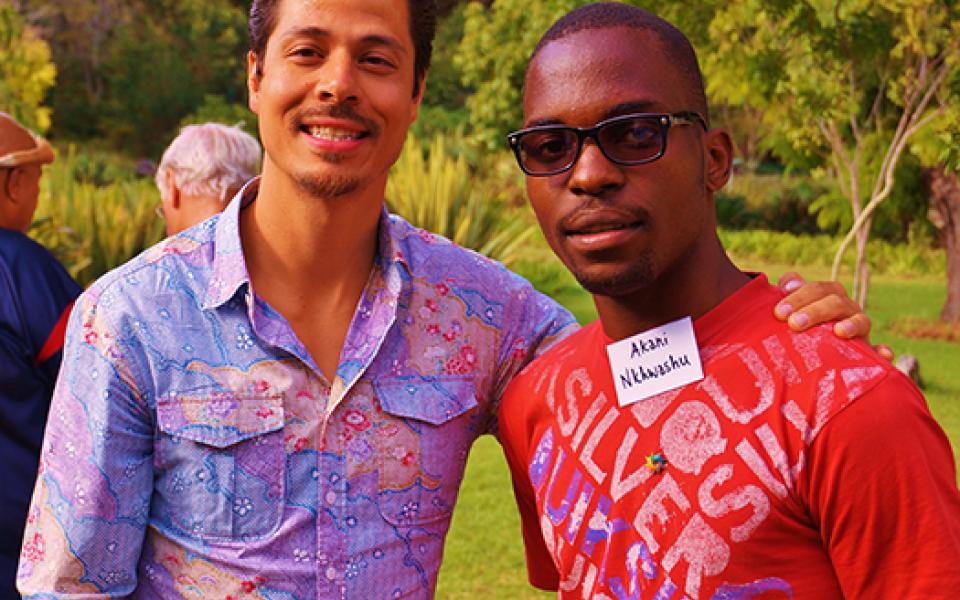
Akani Nkhwashu with Liam Chinn
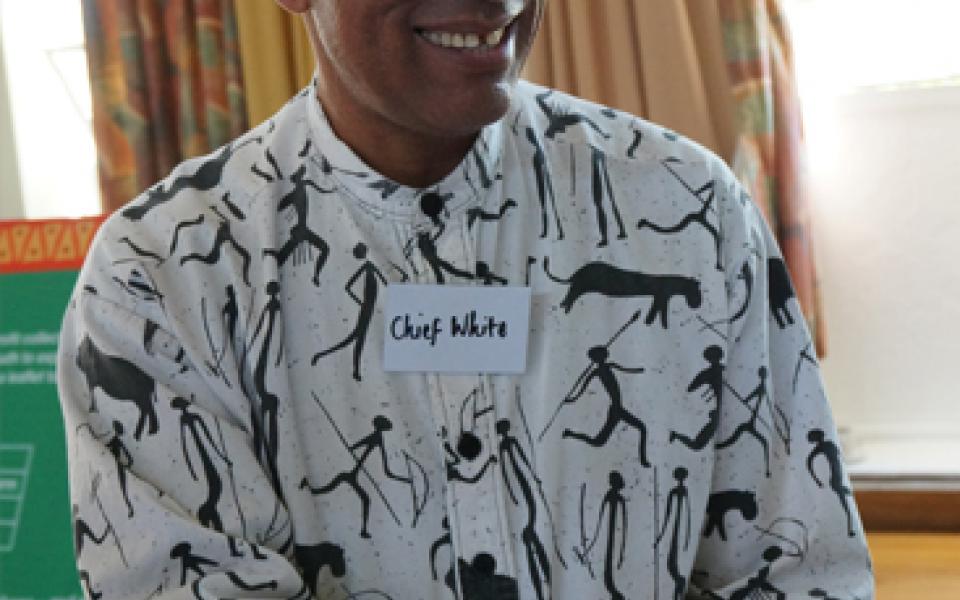
Chief White from Gauteng Khoi and San Council Cooperation Circle

Karen Barensche, Regional Coordinator for URI Southern Africa
